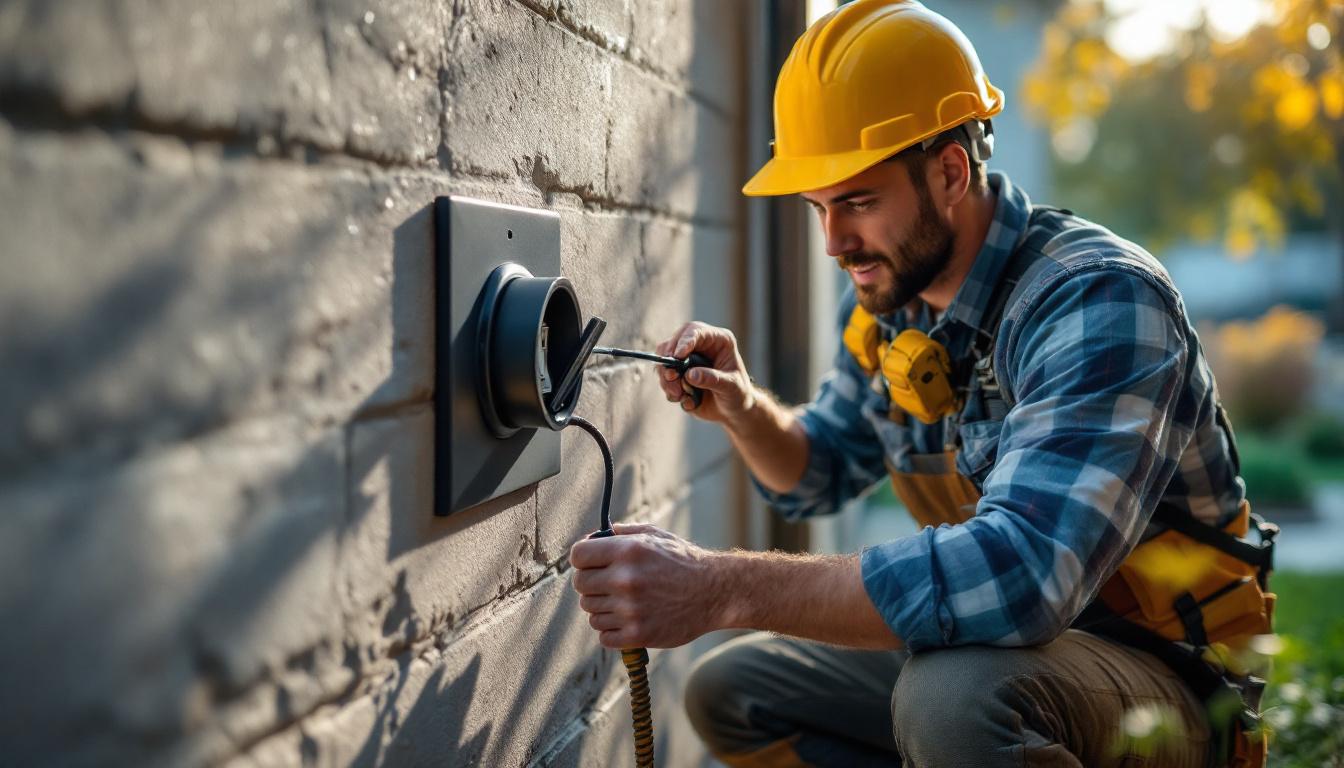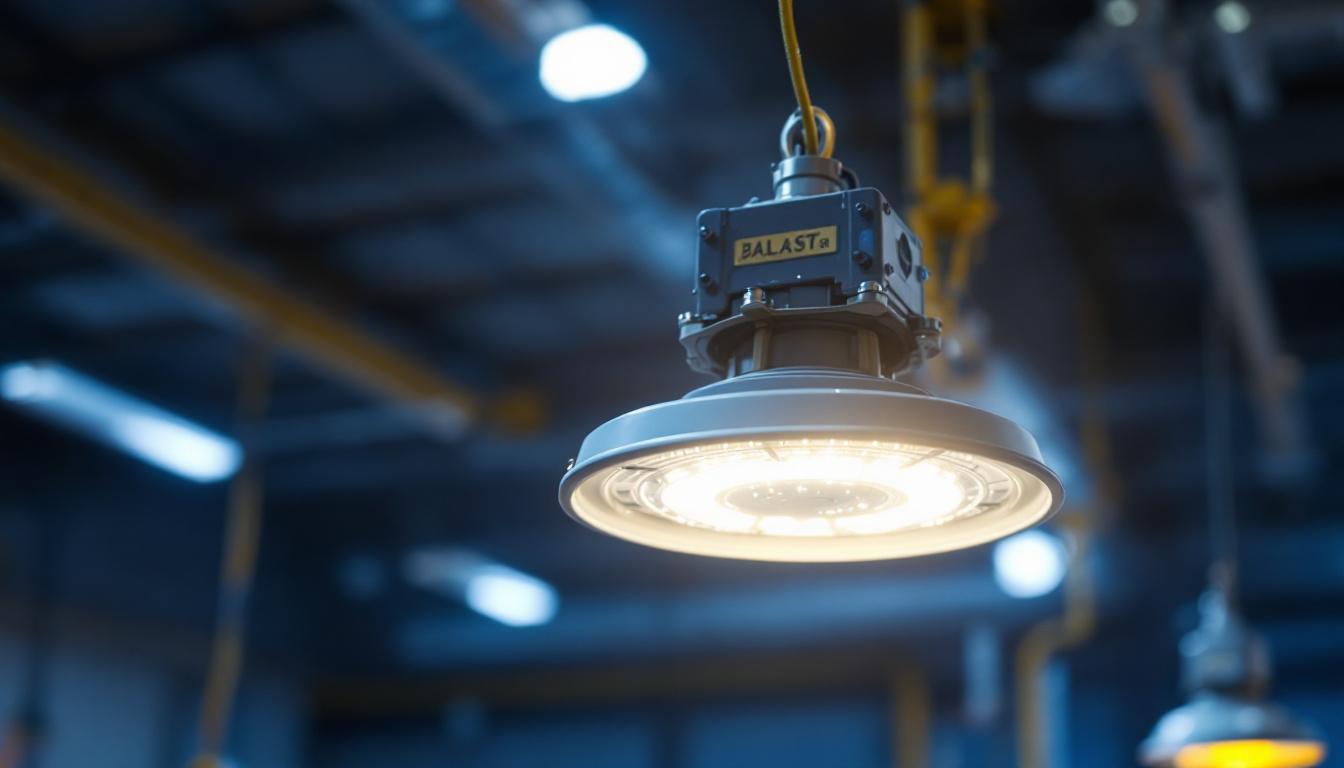
Motion sensor lighting has become increasingly popular in both residential and commercial settings. As technology advances, the demand for efficient, energy-saving lighting solutions has surged. However, while these systems offer numerous benefits, they also present unique challenges for lighting contractors. This article explores the top challenges faced by contractors when installing and maintaining motion sensor lighting systems.
One of the primary challenges for lighting contractors is gaining a comprehensive understanding of the technology behind motion sensor lighting. These systems utilize various types of sensors, including passive infrared (PIR), ultrasonic, and dual-technology sensors. Each type has its own strengths and weaknesses, and knowing how to select the right sensor for a specific application is crucial.
Passive infrared sensors detect changes in heat emitted by objects in their field of view. They are ideal for detecting human movement but may struggle with small pets or objects. Ultrasonic sensors, on the other hand, emit sound waves and measure the reflection to detect movement, making them more sensitive but potentially more prone to false alarms.
Dual-technology sensors combine both PIR and ultrasonic technologies, providing a more reliable solution. However, understanding the nuances of each type and their appropriate applications can be overwhelming for contractors, especially those new to motion sensor systems. For instance, in outdoor settings, where environmental factors can lead to false triggers, a dual-technology sensor may be the best choice to minimize unnecessary activations while ensuring security. Additionally, contractors should be aware of the latest advancements in sensor technology, such as the integration of smart features that allow for remote monitoring and adjustments through mobile applications, enhancing user convenience and control.
The installation of motion sensor lighting can be more complex than traditional lighting systems. Contractors must consider various factors such as sensor placement, wiring, and compatibility with existing systems. Incorrect placement can lead to inadequate coverage or unintended activation, resulting in frustrated clients.
Moreover, the integration of motion sensors with smart home systems adds another layer of complexity. Ensuring that the sensors communicate effectively with other devices, such as smart switches or home automation systems, requires a solid understanding of both the lighting technology and the broader smart home ecosystem. This integration allows for advanced functionalities, such as scheduling and remote access, which can significantly enhance the user experience. Additionally, contractors should familiarize themselves with the various communication protocols, like Zigbee or Z-Wave, that facilitate these interactions, as this knowledge can greatly influence the overall effectiveness and reliability of the installed systems.
Another significant challenge for lighting contractors is managing client expectations. Many homeowners and business owners are eager to adopt motion sensor lighting due to its energy-saving potential and convenience. However, they may not fully understand the limitations and operational nuances of these systems.
Contractors must take the time to educate clients about the capabilities and limitations of motion sensor lighting. For instance, clients may expect the lights to activate instantly upon motion detection, but there can be a slight delay depending on the sensor type and settings. Additionally, environmental factors such as temperature and humidity can affect sensor performance.
By setting realistic expectations, contractors can help clients appreciate the benefits of motion sensor lighting while also preparing them for any potential issues. This proactive approach can lead to higher customer satisfaction and reduced service calls after installation. Furthermore, discussing the various types of motion sensors available—such as passive infrared (PIR), ultrasonic, and dual-technology sensors—can empower clients to make informed decisions based on their specific needs and environments.
Clients may have concerns about privacy and security when installing motion sensor lighting, particularly in residential settings. They might worry about the lights activating unnecessarily or being triggered by non-human movement. Contractors should be prepared to address these concerns by explaining how to adjust sensitivity settings and the importance of proper sensor placement.
Offering solutions, such as using timers or integrating the lighting system with security cameras, can also help alleviate client concerns. By providing comprehensive solutions, contractors can foster trust and build long-term relationships with their clients. Additionally, it is beneficial to discuss the potential for smart home integration, where motion sensor lighting can be synchronized with other smart devices, enhancing both security and convenience. Educating clients on how to utilize mobile apps for remote monitoring and control can further enhance their experience and satisfaction with the system.
Once motion sensor lighting systems are installed, ongoing maintenance and troubleshooting can pose challenges for contractors. While these systems are designed to be low-maintenance, issues can arise that require professional attention.
One common issue is the failure of sensors to detect motion due to obstructions or dirt accumulation. Trees, shrubs, or even dust can interfere with the sensor’s line of sight, leading to frustration for clients. Contractors must educate clients about the importance of keeping the area around the sensors clear and clean. Regularly trimming foliage and ensuring that the sensor is positioned at an optimal height can significantly enhance its performance and reliability.
Another issue that may arise is false triggering, where lights activate without any detected motion. This can be caused by various factors, including temperature fluctuations, pets, or even passing vehicles. Troubleshooting such problems requires a thorough understanding of the specific sensor technology and its environment. Additionally, educating clients about the sensitivity settings on their sensors can empower them to make adjustments that minimize false alarms, ensuring a more seamless experience with their lighting system.
Encouraging clients to schedule regular maintenance checks can help mitigate some of these issues. During these checks, contractors can assess sensor functionality, clean lenses, and make necessary adjustments to improve performance. By offering maintenance services, contractors can create an additional revenue stream while ensuring client satisfaction. Furthermore, providing clients with a checklist of simple maintenance tasks they can perform themselves—such as checking for obstructions or testing the sensor’s range—can foster a sense of ownership and responsibility for their lighting systems.
In addition to routine maintenance, contractors should also consider the technological advancements in motion sensor systems. Newer models may offer features such as adjustable sensitivity, customizable detection zones, and integration with smart home systems. Familiarizing clients with these advancements can enhance their experience and satisfaction with the product. By staying informed about the latest trends and technologies, contractors can position themselves as knowledgeable experts in the field, further solidifying their relationships with clients and potentially leading to referrals and repeat business.
Lighting contractors must also navigate the complex landscape of regulatory compliance and industry standards when installing motion sensor lighting systems. Different regions may have specific codes and regulations regarding energy efficiency, safety, and installation practices.
Staying informed about local building codes and regulations is essential for contractors. Non-compliance can result in fines, project delays, or even the need for costly rework. Regular training and professional development can help contractors stay up-to-date with the latest standards and best practices.
Additionally, understanding energy efficiency standards, such as those set by the Department of Energy or local utility companies, can help contractors recommend compliant products to clients. This knowledge not only enhances the contractor’s credibility but also provides clients with peace of mind.
Obtaining relevant certifications can also boost a contractor’s reputation and demonstrate expertise in motion sensor technology. Many organizations offer training programs that cover installation techniques, troubleshooting, and energy efficiency standards. By investing in education, contractors can enhance their skills and better serve their clients.
The rise of smart home technology has transformed the landscape of motion sensor lighting. While this presents exciting opportunities for contractors, it also introduces new challenges in terms of integration and compatibility.
One of the main challenges is ensuring that motion sensor lighting systems are compatible with existing smart home devices. Clients may have specific preferences for brands or ecosystems, such as Amazon Alexa, Google Home, or Apple HomeKit. Understanding the nuances of these platforms and how to integrate motion sensors can be a daunting task for contractors.
Additionally, as technology evolves, updates and changes to smart home systems can lead to compatibility issues. Contractors must be prepared to troubleshoot and adapt to these changes to ensure seamless operation for their clients.
To stand out in a competitive market, contractors should focus on providing customized solutions that meet individual client needs. This may involve recommending specific brands or products that align with the client’s existing smart home setup. By taking the time to understand each client’s unique requirements, contractors can offer tailored solutions that enhance the overall user experience.
Cost is always a significant factor in any lighting project, and motion sensor lighting is no exception. While these systems can offer long-term savings through energy efficiency, the initial investment can be a hurdle for some clients.
Contractors must work closely with clients to establish a realistic budget for the installation of motion sensor lighting systems. This involves not only the cost of the fixtures themselves but also installation labor, potential upgrades to electrical systems, and ongoing maintenance costs.
Providing a detailed breakdown of costs can help clients understand the value of their investment. Additionally, discussing potential energy savings over time can help justify the upfront costs and encourage clients to proceed with the project.
Many utility companies and government programs offer incentives for energy-efficient upgrades, including motion sensor lighting. Contractors should stay informed about available rebates and incentives in their area and share this information with clients. By highlighting potential savings, contractors can make motion sensor lighting more appealing and accessible.
Motion sensor lighting presents a wealth of opportunities for lighting contractors, but it also comes with its share of challenges. From understanding the technology and managing client expectations to navigating regulatory compliance and integrating smart technology, contractors must be well-equipped to address these issues.
By investing in education, staying informed about industry trends, and providing exceptional customer service, contractors can overcome these challenges and thrive in the evolving landscape of motion sensor lighting. Ultimately, the ability to deliver reliable, efficient, and user-friendly lighting solutions will set successful contractors apart in a competitive market.
Ready to tackle the challenges of motion sensor lighting installations with confidence? At LumenWholesale, we provide lighting contractors with the high-quality, spec-grade products you need at unbeatable wholesale prices. Our extensive selection of motion sensor lighting solutions meets the highest industry standards, ensuring you deliver reliable and efficient lighting to your clients. With free shipping on bulk orders, you can stock up on premium lighting without the worry of hidden fees or inflated markups. Elevate your lighting projects and enjoy the best value in the industry. Wholesale Lighting at the Best Value is just a click away.

Discover how waterproof outlet covers are revolutionizing the lighting industry, enhancing safety and efficiency for contractors.
Discover how LED tape lights under cabinets can transform your lighting installation projects with enhanced efficiency and aesthetics.

Discover the essentials of ballast light fixtures in this comprehensive guide, covering compliance standards and key insights for lighting contractors.

Discover how outdoor light fixtures can transform your space from ordinary to extraordinary.